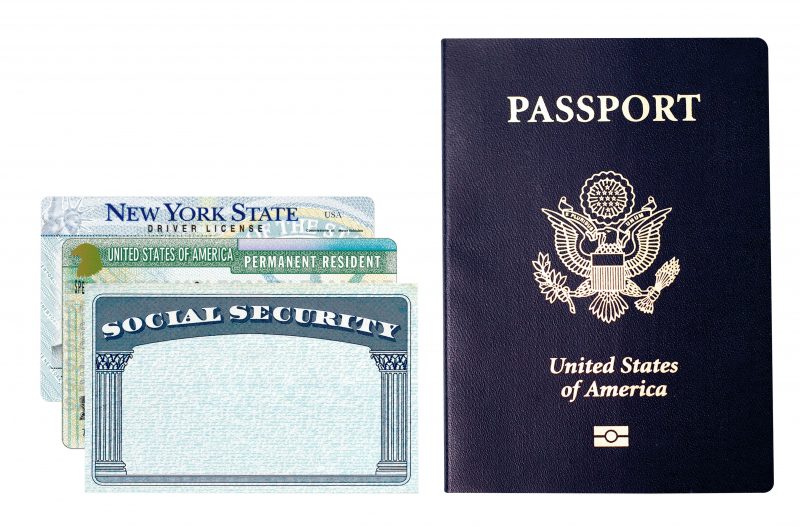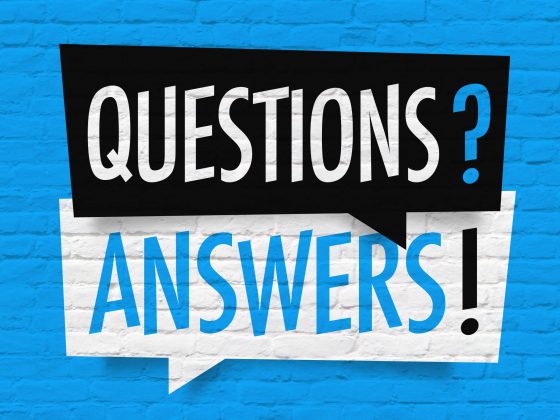In and among the fun things we do here at eTags, sometimes folks find it helpful when we hone in on one task at a time. Either to better understand how we facilitate the task at hand or just to be informed. Because as an old favorite character of ours used to say back in the day: “Knowing is half the battle.”
Use eTags© to Quickly Complete Your DMV Service. Renewals, Title Transfers and More, All Online!
As you may be familiar, we focus on getting you – the customer – done and dusted when it comes to the stuff you’d otherwise have make an appointment and then wait in line at the DMV for. So, things like issuing new registration – tags and cards – renewing expiring registration, and replacing lost or damaged tags. We also offer Specialty Plates in the state of Florida, because they are fun, let you fly your flag, and support worthy causes.
In addition to all things registration, we also transfer certificate of title documents, as well as replace lost or damaged titles. The latter can be referred to as a duplicate or replacement title, depending on the state in which you have residence.
But did you know that we can also add and remove a name from an existing title?
In cases like marriage, divorce, or simply just the changing of minds, we can help get your title up to date and reflective of the current, legal owner(s).

How do we do this? Well, that’s what we’re here to discuss today. Lucky you!
The process, while it may seem complicated, is actually pretty straightforward. It is not all that dissimilar from what happens when buying and selling a vehicle. We’re going to walk you through all the steps you need to know, but keep in mind that there may be slight variations in procedure based on the territory you live in. In general, this is how it goes:
Make sure your title is clean and legible.
A title that has been damaged or altered will not fly with the DMV: they will not accept any changes made to a defaced title. If your title has been misplaced or has incurred enough damage to render it unclean, your first step is to order a duplicate/replacement title. Which we can help you with, by the way!
Once you’ve got your title, you will need to be sure to have current, legal proof of identification. A driver’s license is usually the best way to go, but many states will accept non-driver’s ID, ow a military card with a photo. Some places will allow a U.S. passport as proof. It is best to check with the local guidelines in your state. In NY, for example, they go by a points system.

Generally, when transferring a title, you will not need to show proof of registration or insurance, as title ownership on its own does not allow for the vehicle to be driven legally. Only valid registration and proof of financial responsibility enable a car to become roadworthy. However, if you happen to be altering the name(s) on your registration at the same time as you are making the change to your title (this is a whole separate task!) keep in mind that you will need to have your registration card and insurance information ready at hand.
Okay, now we’re ready for the signing over part of the process.
Sometimes this can seem tricky to folks, but let’s break it down here. In joint ownership, there will be two names listed on the front of the title as co-owners. These two names will be divided with the word “or” or the word “and.”

For example: “Joan and Harold” or Joan or Harold.”
This little word is really important, because it will determine how the title is signed over.
If the word “and” joins the two names, then in many states this means that both owners will have to sign their names on the back of the title as sellers. The person whose name is to remain on the title then solely signs his/her names as the single buyer.
So, if Joan is kicking Harold off the title, (sorry, Harry) then both Joan and Harold sign in the section marked “seller,” but only Joan signs as the buyer. In a sense, both she and Harold are selling the car to her. While there may be no money exchanged, the process is identical to an actual sale.
Now, if the front of the title reads “Joan or Harold” then on the back of the title, only Harold needs to sign as seller. Joan signs in the buyer section, as her name is to remain on the title. Because that little “or” puts faith and control in both of the owners, only one is needed to add or remove a name. Actually, this is true when selling the vehicle as well – in many territories, anyway.
And what if you’d like to add a name?
Well, the procedure is quite similar, but in the other direction. The person whose name is already on the title will sign the back as the seller, and in the buyer section both he/she and the person whose name is being added will sign.

In the case of Joan and Harold, if Joan wants to add good ole Harry as co-owner, she will sign the back as seller, and then both she and Harold will sign as buyers. And then live happily ever after…
Now, it’s important to understand, when adding a name, a co-owner, to a title, that you will need to decide between the “and” and the “or.” “Or” is what is known in many states as Joint Ownership, and will allow only one of the two co-owners to be required to sign for future transactions regarding the vehicle.
Choosing “and” on the other hand, will oblige both owners to sign for all changes made to ownership on the title and vehicle.
If your vehicle is indeed roadworthy (meaning, you’re driving it with legal tags) please know that you will also need to update your registration information and insurance coverage. But that’s for a whole other blog post.
In the meantime, we hope this has been helpful. And you know, if you’re about to add or remove a name from a title, or just about anything else title and tag related, you’re in the right place. Come visit us, because at eTags, we’re here to help!








